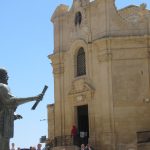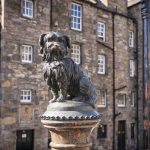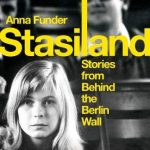This post focuses on Bordeaux in Roman and Medieval times, two of the city’s most fascinating eras, giving a little background and explaining where in the city today you can find traces of both periods.
roman bordeaux
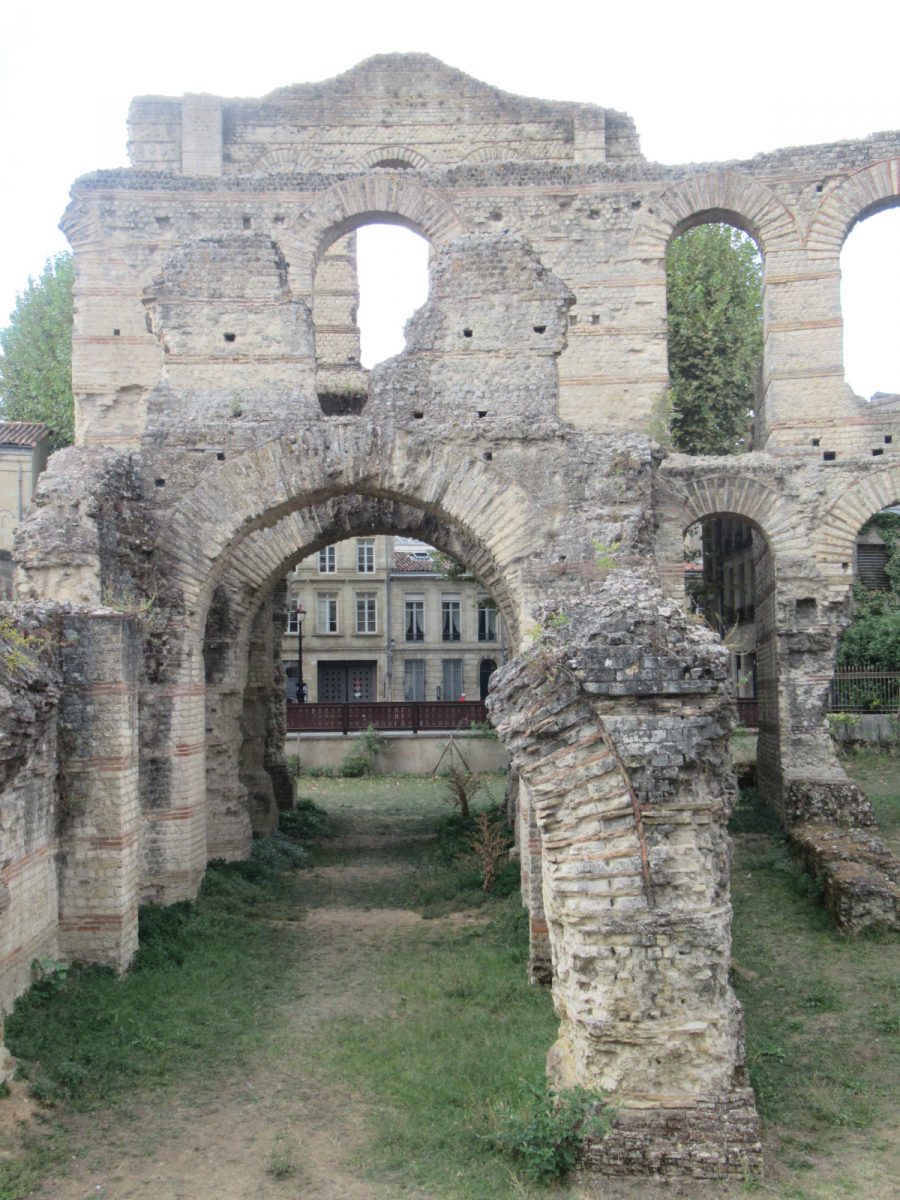
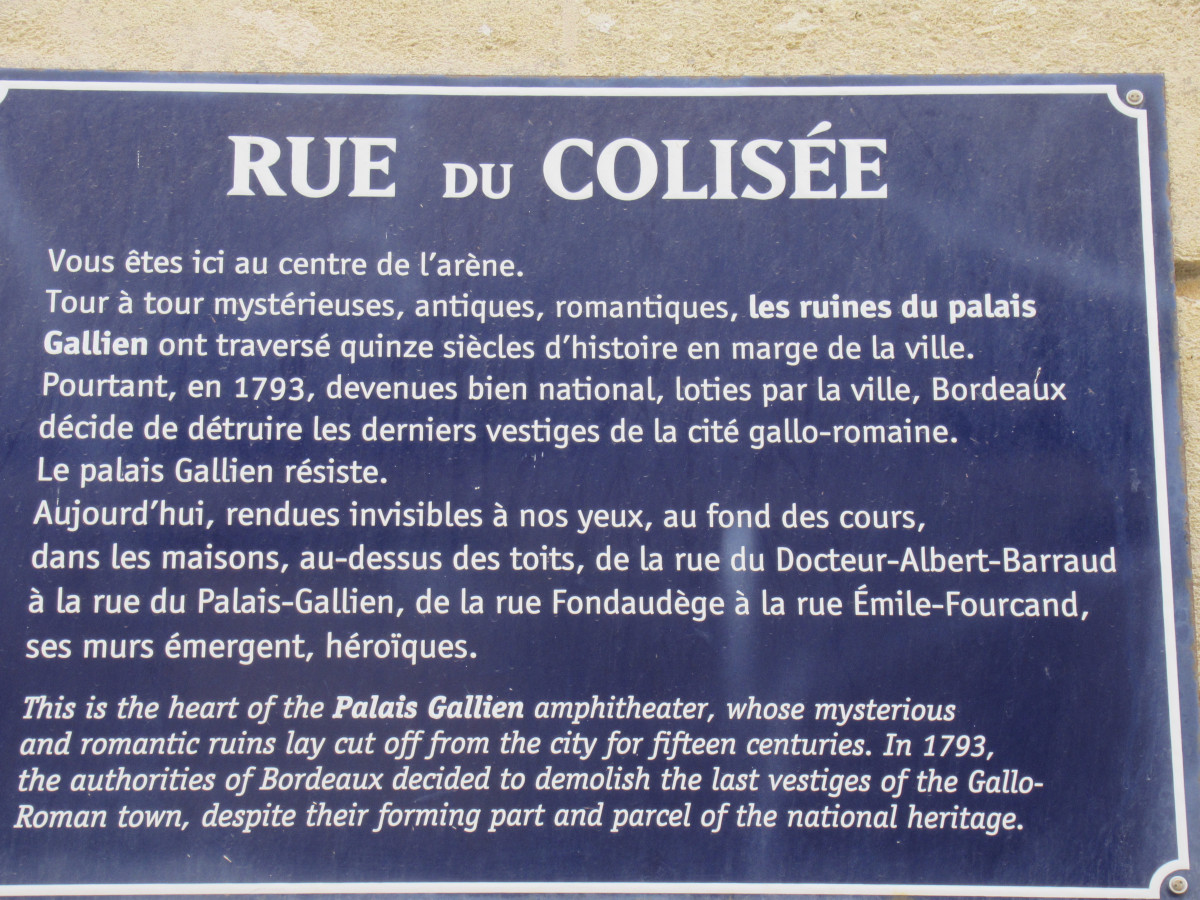

By the 3rd Century AD, there were 20,000 citizens living in the city of Burdiglia, known today as Bordeaux. Its main axis was roughly where the Rue Sainte Catherine is today and it was protected by a wall whose towers, wrote the poet Ausonius, were ‘so tall that their summits pierced the clouds.’ Remains of Roman Bordeaux can be found in the ruins of the amphitheatre, the Palais Galien, and also in some of the city’s street names. The Rue des Pilliers de Tutelle is named after the large temple which overlooked the River Garonne and the coliseum is recalled in Rue du Colisée.
Burdiglia was a beautiful city, with a forum, an amphitheatre and a sophisticated system of aqueducts which was paid for by Caius Julius Secundus, the city magistrate who ruled between AD 30 and 50. Burdiglia’s streets and squares were decorated by fountains and statues, including one of the Emperor Claudius, and the villas of the wealthiest inhabitants were spacious buildings whose inner courtyards boasted fountains, porticos and colonnaded galleries. Many fragments of buildings from the Roman era in Bordeaux can be seen at the Musée d’Aquitaine, along with drawings and models showing what it looked like.
roman remains at the musee d’aquitaine



There is a comprehensive section on Roman Bordeaux here, with several rooms full of artefacts, displays and explanations. Gravestones, many with foreign names, reveal what a melting pot Burdiglia was, with non-Roman citizens as varied as sailors from Brittany, cloth merchants from northern Europe and traders from the East. Some statues indicate the trades being plied, such as carpentry and stone masonry, while others reveal aspects of daily life: the togas worn by the wealthy, the elaborate hairpieces favoured by rich women. An engraving on the gravestone of Laetus’ daughter, showing a little girl of 5 or 6 with her puppy, is a reminder of the era’s low life expectancy.
Other exhibits tell of daily life. Large pieces of mosaic flooring hint at the beautiful interiors of the villas owned by the rich. Displays of terracotta tableware and glasses, and snippets of information about Médoc oysters and nightingales flavoured with rose petals conjure up a picture of Roman dining. The history of wine in Bordeaux is also covered, for the Romans brought the first vines to the region and there is a fascinating collection of storage and drinking vessels made of silver and of pottery to illustrate that. It’s no surprise to discover that wine from the region was so popular that it soon became one of the top 3 varieties exported back to Rome.
the palais galien
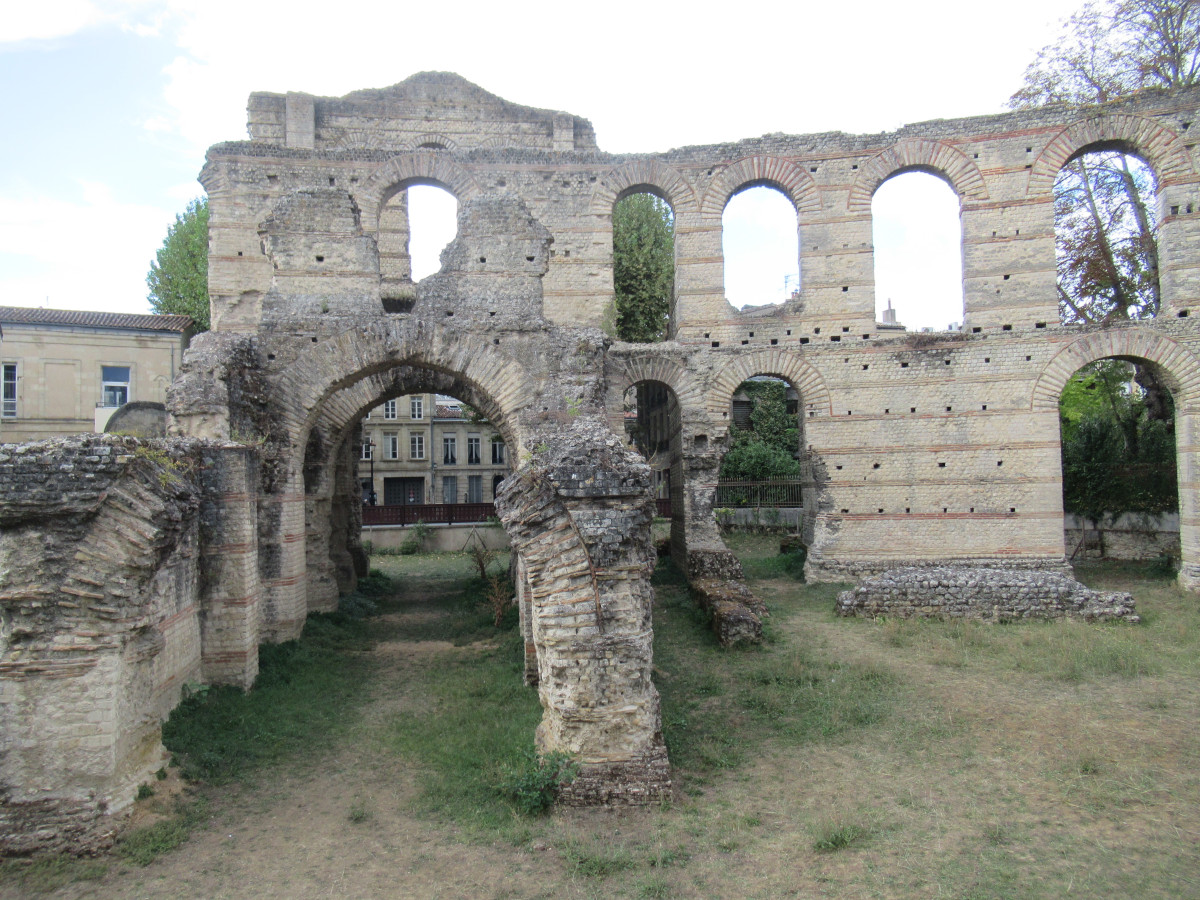
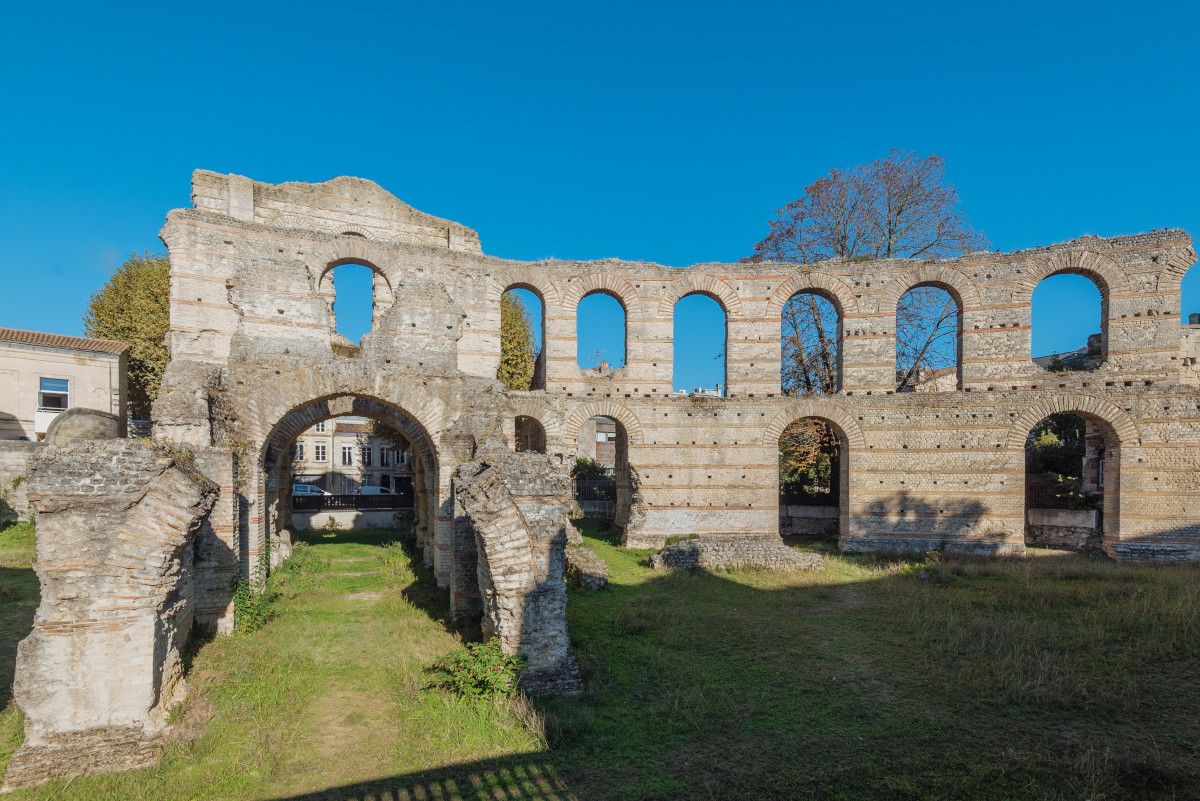
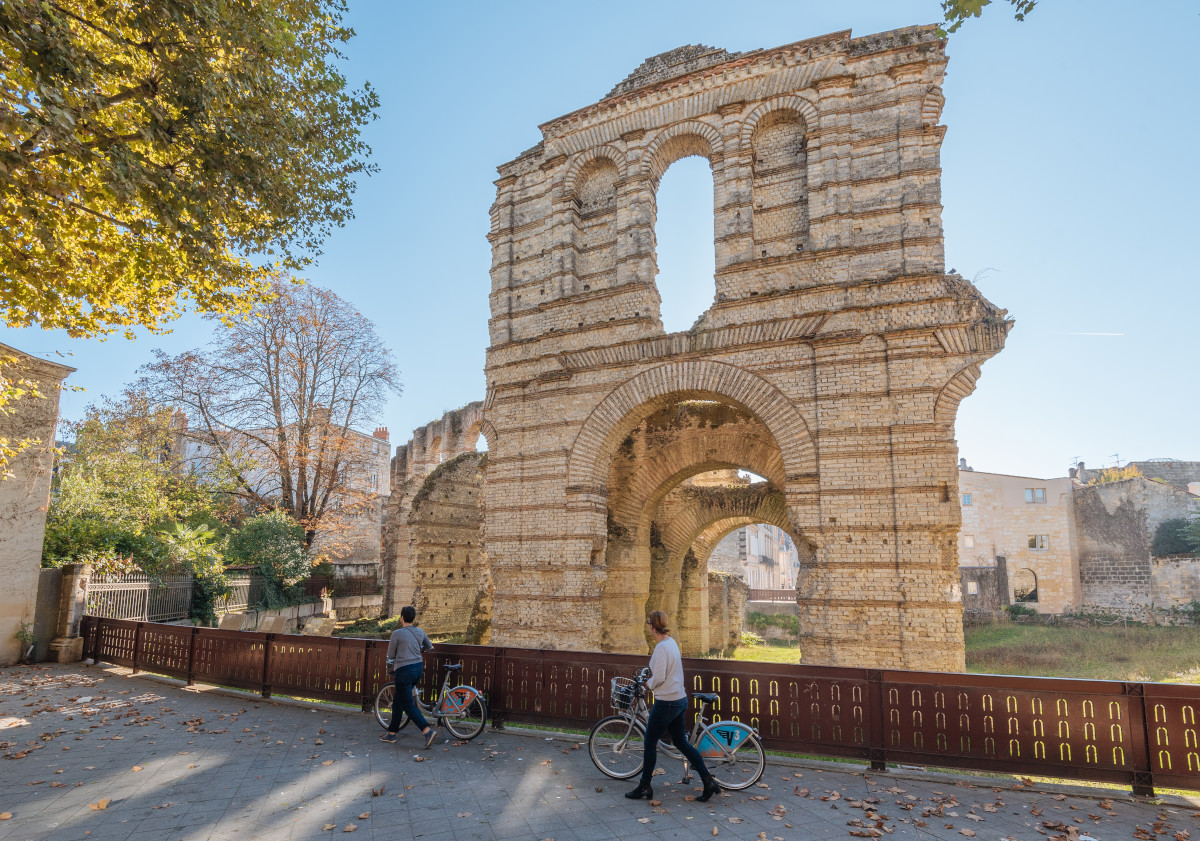
There is just enough left of the Palais Galien, the amphitheatre built by the Romans, to imagine what was there originally: the North Gate and some of the arches which supported the 130m oval stadium can still be seen. Stand on the crossroads of Rue Sansa and Rue du Colisée and you are in the middle of the site. The walls were of alternating layers of brick and stone, creating a striped effect, and wooden stairways led up to the stands which seated 22,000 spectators. Imagine the amphitheatre in the 2nd and 3rd centuries, full to bursting with excited citizens enjoying chariot racing and gladiator tournaments or, more gruesomely, watching animal fights and public executions.
medieval bordeaux
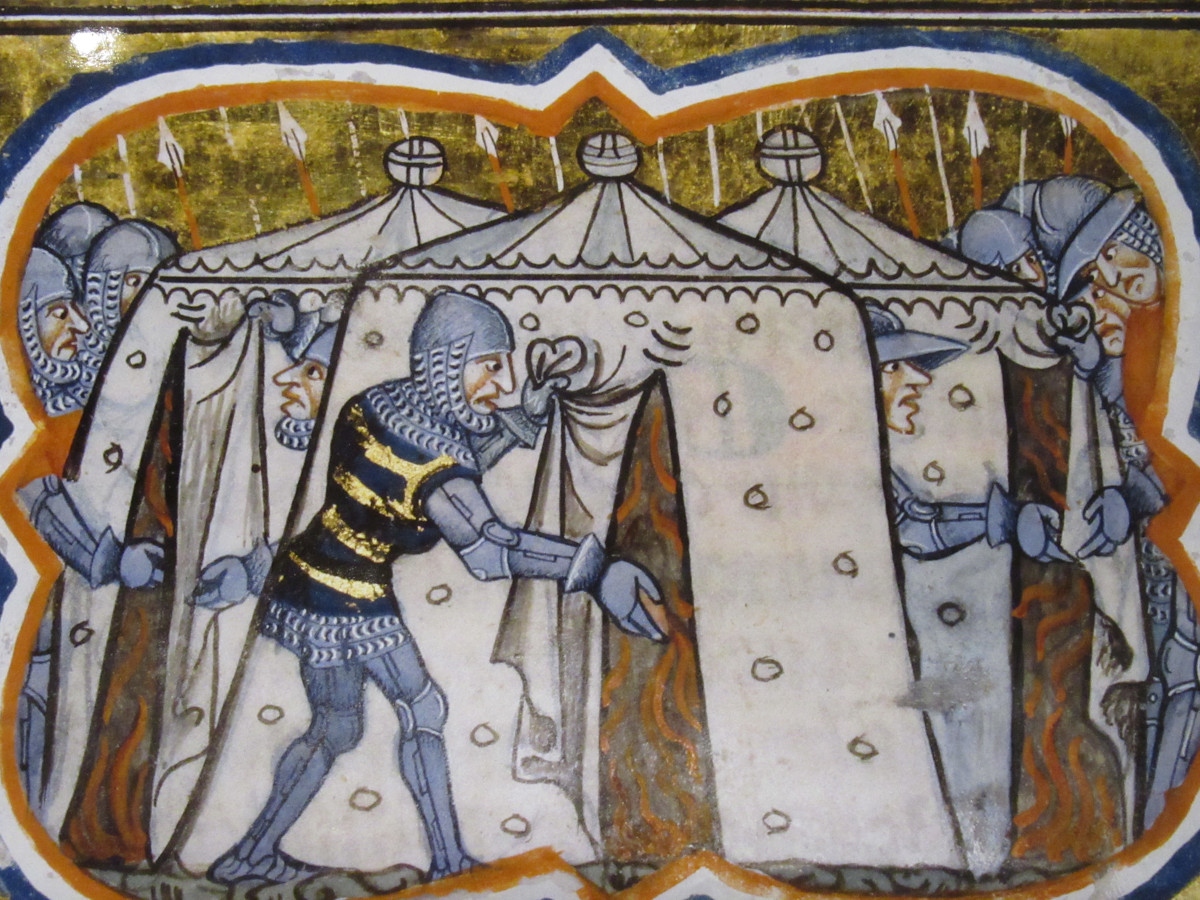
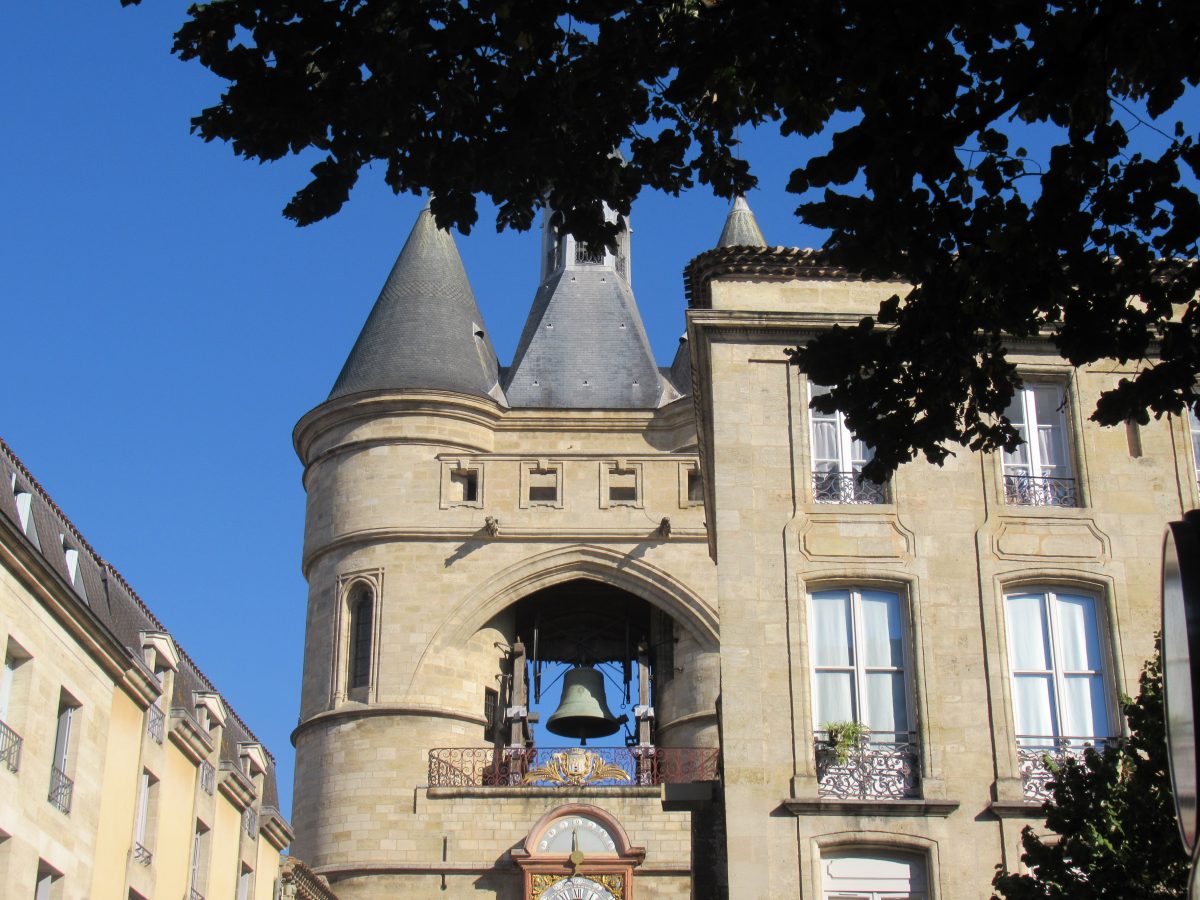
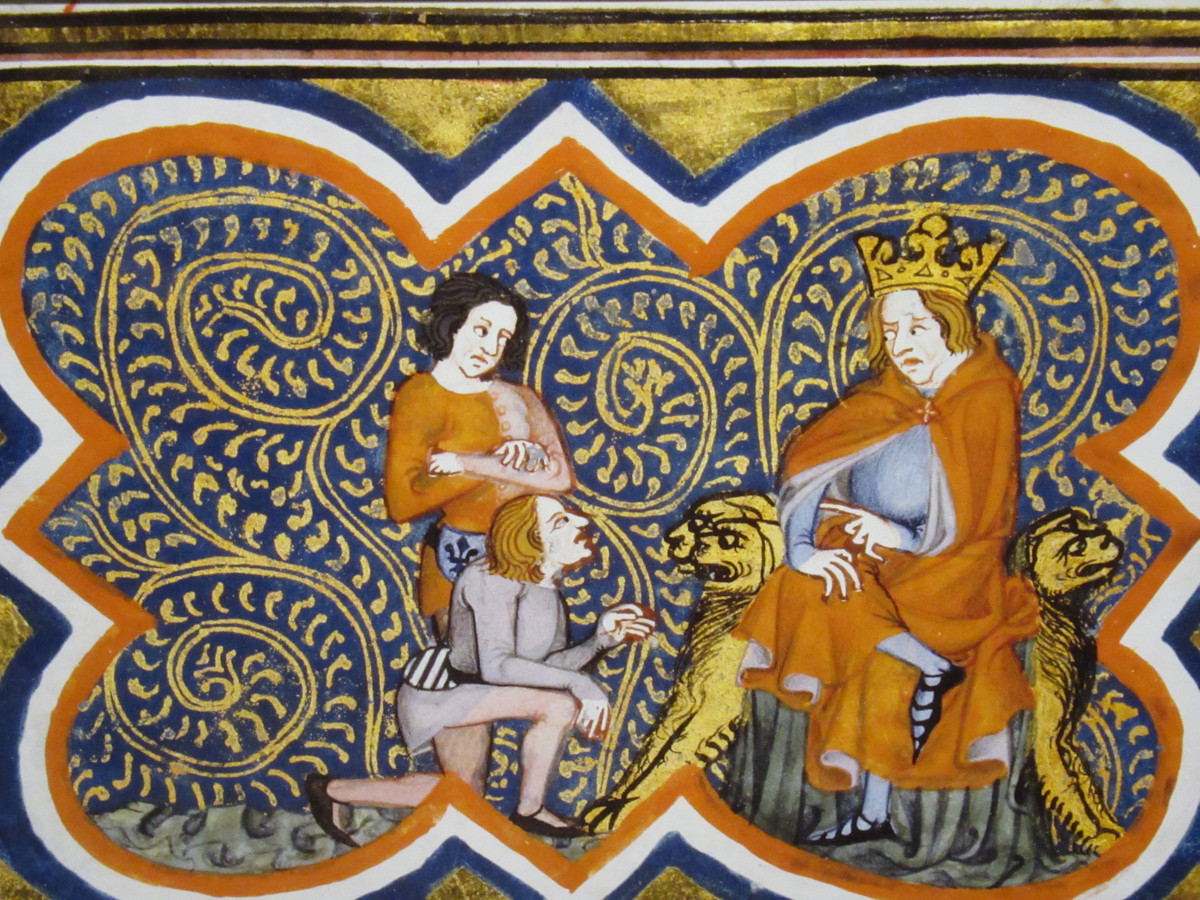
The turreted tops of the Grosse Cloche (13th Century) and the Porte Cailhau (late 15th Century) are easily recognised as medieval and the inscription on the bell of the Grosse Cloche gives the flavour of life at that time: ‘I ring the hours and my voice is a call to arms … I sing for happy events and weep for the dead.’ Unfortunately, the most famous palace of the period – the Palais de l’Ombrière, where Eleanor of Aquitaine’s wedding breakfast was held – no longer exists, but around St Pierre and St Michel, many of the street names recall trades practised in this period: Rue des Argentiers and Rue des Trois Chandeliers, for instance, were where the goldsmiths and candlemakers worked.
There is a fascinating section on the period at the Musée d’Aquitaine, whose website lists themes including ‘Eleanor of Aquitaine, the pilgrimage to Santiago de Compostela, medieval expansion under English kings, Gascon feudalism and knighthood, wine cultivation, commercial exchanges with England, the Black Prince and troubadours’. There is some stunning artwork, along with pieces of architecture, including a Rose Window from a 14th Century friary and a model of the tomb of Eleanor of Aquitaine, showing her lying peacefully at rest after her death at the age of 82.
the pilgrims’ route through bordeaux
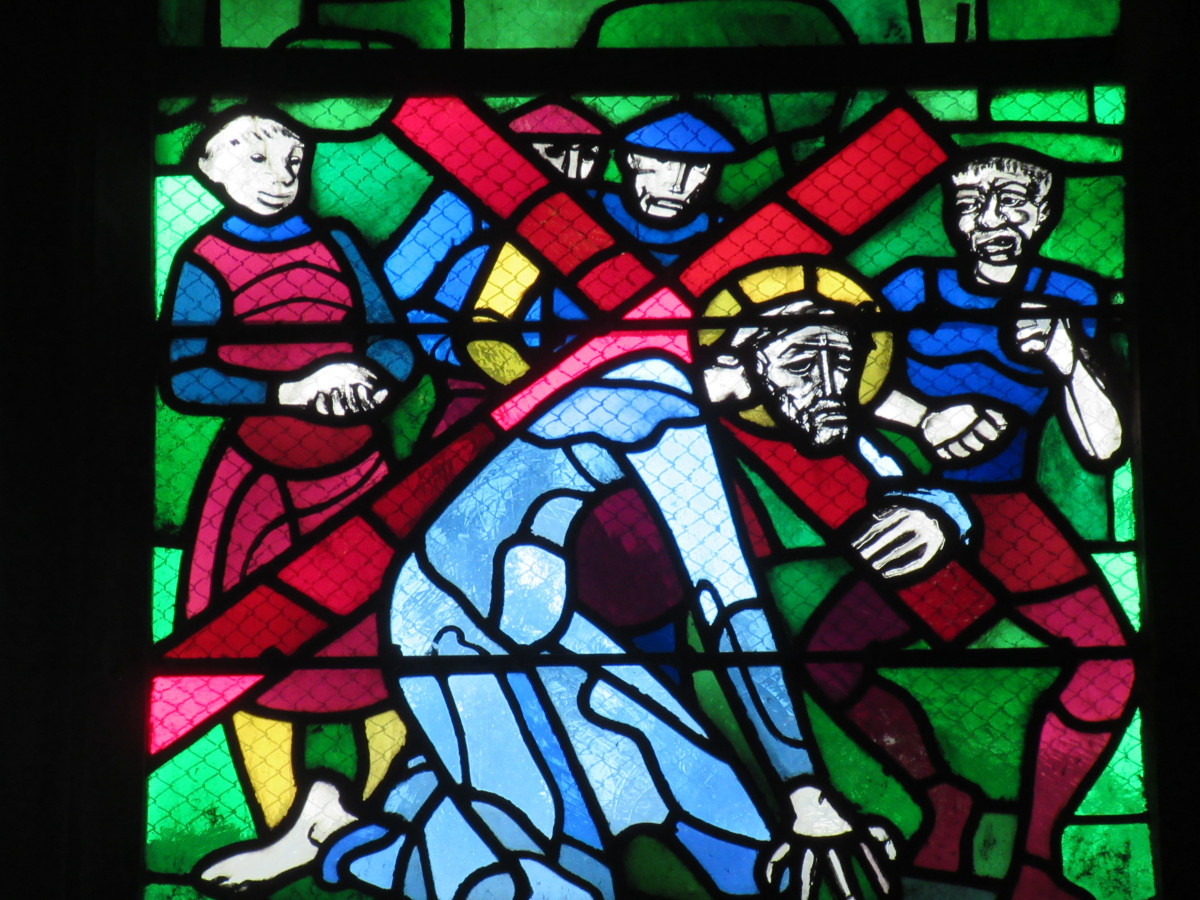

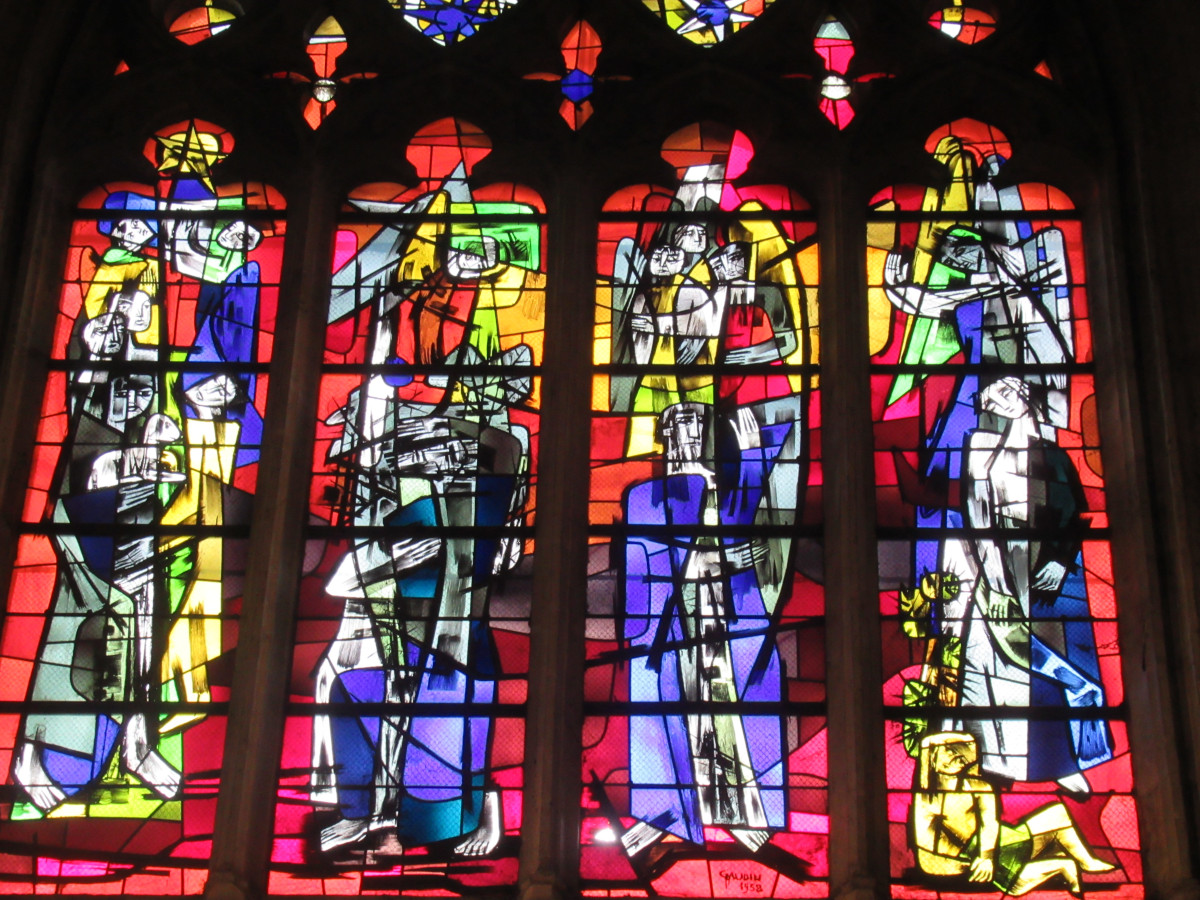
During this period, many pilgrims came through Bordeaux on their way to Santiago de Compostela in Spain and bronze plaques of scallop shells – the symbol of St James – can be seen in the pavements at various points in the city. Three of the city’s main churches were stopping points on the pilgrims’ route. First, in the 12th Century, Saint Seurin, which attracted them because of its large collection of relics. Later, the Cathedral of Saint-André and the Church of St Michel were added and the latter has a chapel dedicated to St James, featuring a reproduction statue of him (the original is in the Musée d’Aquitaine) and a set of stained glass windows which retell his story.
eleanor of aquitaine
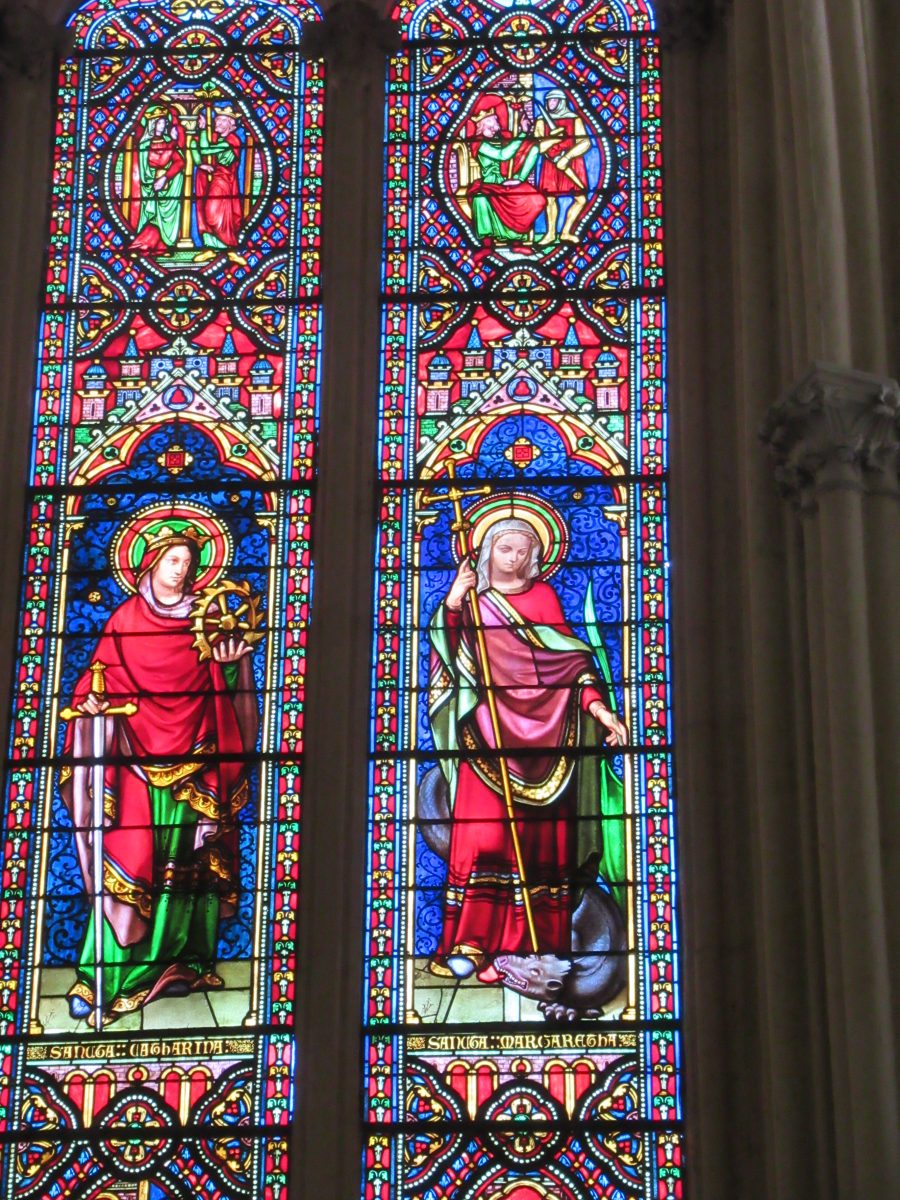

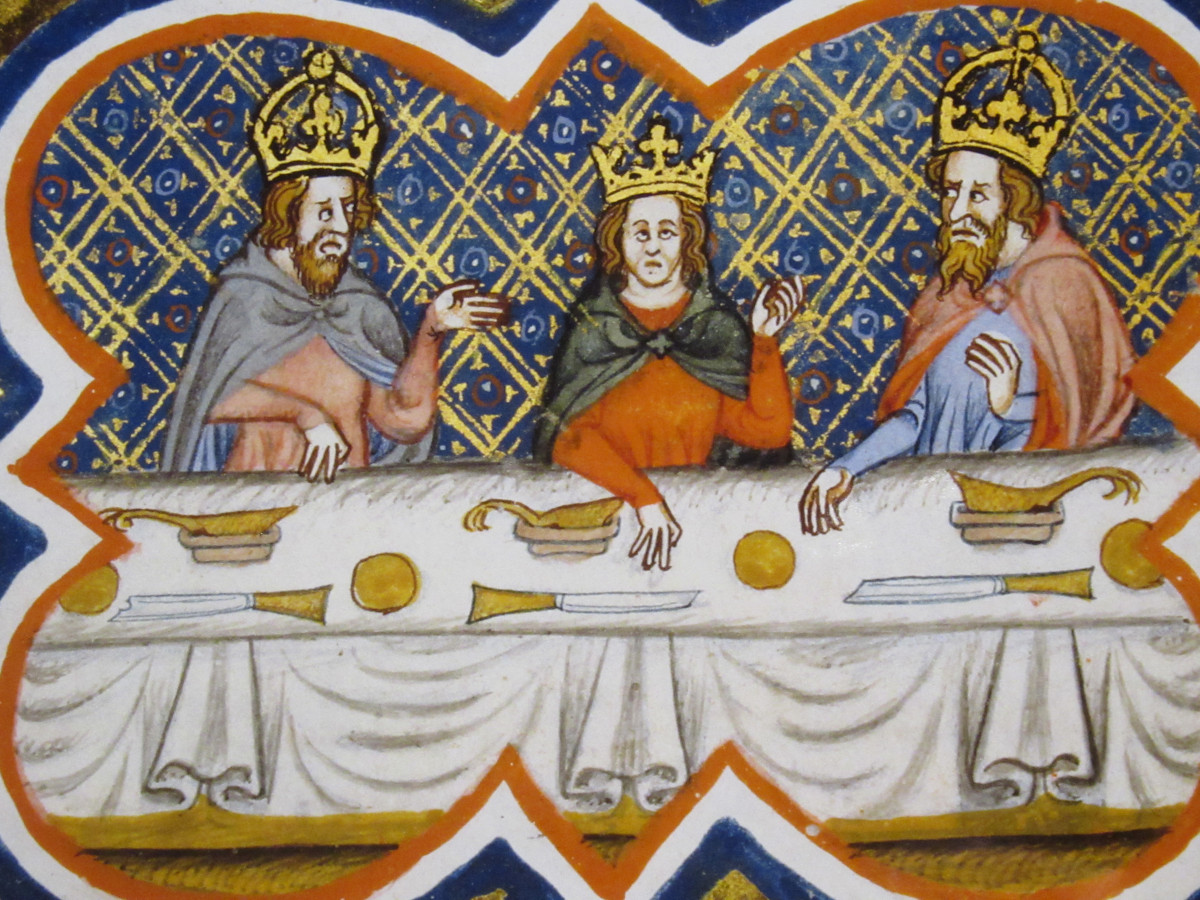
Eleanor, originally the Duchess of Aquitaine, became queen of first France and then England and of her eight children, two became kings – Richard the Lionheart and King John of England – and several more married European royalty in, for example, Saxony, Castile and Sicily. She was a powerful and influential queen, who signed many charters in her own right and ruled as regent in England when her son Richard was away on crusade. She was famed as a great patron of the arts, welcoming troubadours – wandering poets and musicians – to her court in Poitiers and encouraging artists and architects.
Her first wedding – to Louis, soon to be Louis VII of France – took place at the Saint-André Cathedral in Bordeaux. If you visit the older part of the cathedral, you are in the place where the ceremony was held. Just inside, on the right-hand side, look up over the entrance portal and you will see statues of Eleanor, of Louis and of the Bishop who married them. It’s a reminder of the exciting day in July 1137, when thousands lined the streets of Bordeaux to watch the teenage couple arrive at the church to say their vows. There is more on this on the podcast.
listen to the podcast
reading suggestions
Eleanor of Aquitaine by Alison Weir
The Summer Queen by Elizabeth Chadwick
links for this post
Musée d’Aquitaine
The Palais Galien
The Grosse Cloche
The Porte Cailhau
Saint Seurin
Saint André
Saint Michel
Previous Episode A Stroll Around Central Bordeaux
Next Episode Bordeaux’s Riverside Heritage
Last Updated on November 21, 2024 by Marian Jones


